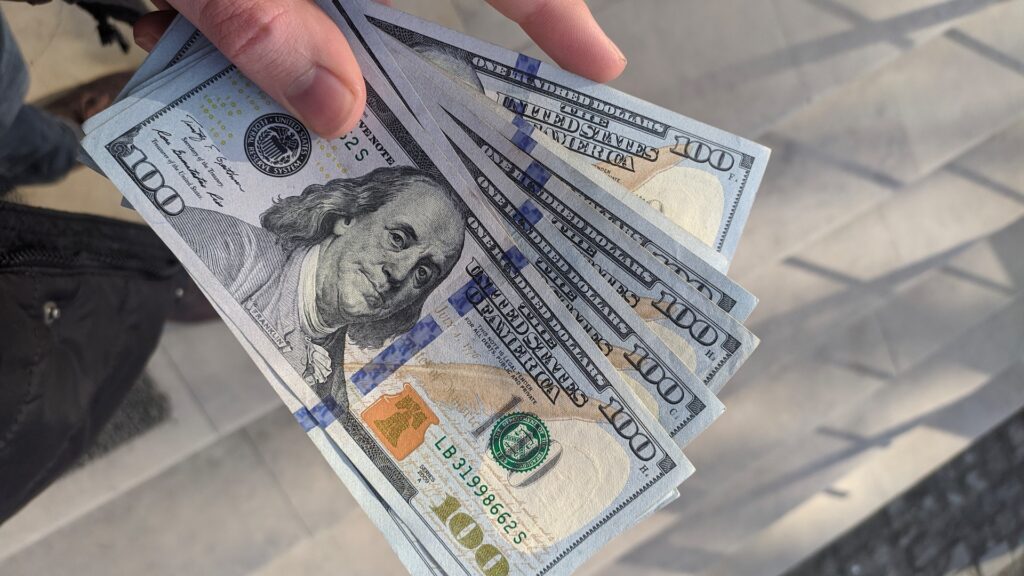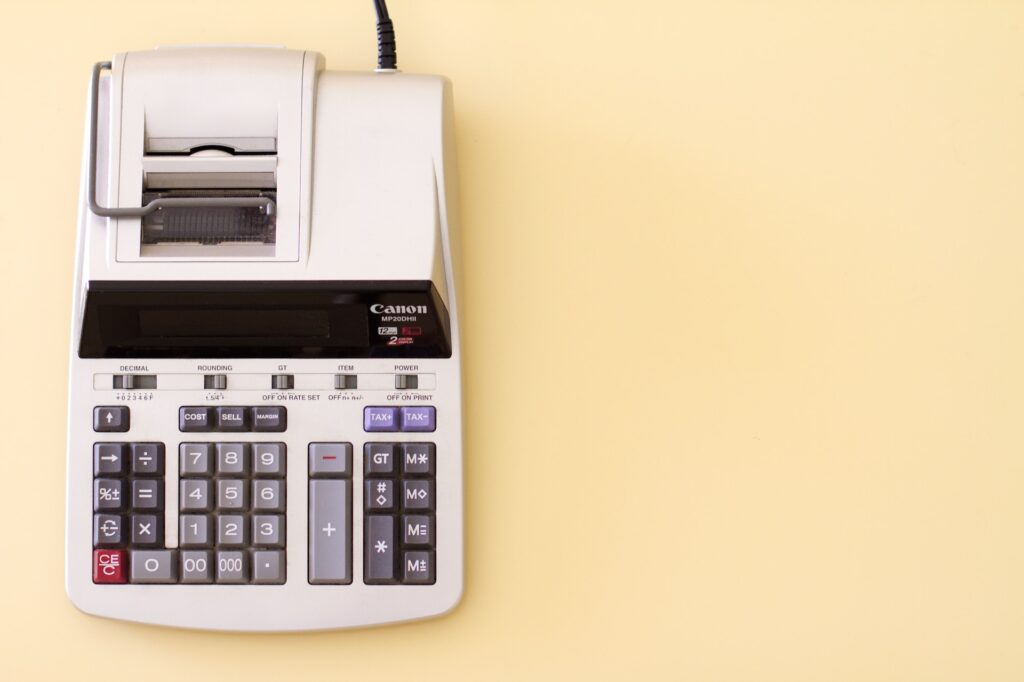
Making any type of significant real estate investment requires considerable research and a thorough understanding of how the industry works. When investing in real estate, you have many tools at your disposal. For example, understanding how to estimate remodeling costs can be invaluable if you intend to purchase a fixer-upper. A comprehensive knowledge of the real estate market you wish to invest in is also a good idea.
Before investing, you must also understand basic financial concepts. One of the most important concepts you’ll encounter as a real estate investor is net operating income (NOI), which you need to know how to calculate.
With this calculation, you should be able to evaluate property profitability and make informed financial decisions. This comprehensive guide answers “What is NOI?” and explains how to calculate it for your next investment.
What is Net Operating Income?
Net operating income (NOI) is a calculation that measures an asset’s profitability by subtracting ongoing operating expenses from income. This calculation can help you identify the profitability of your investment properties, including retail stores, office buildings, warehouses, or apartment complexes.
NOI is calculated by adding up all revenue streams before subtracting operating expenses, which can include everything from insurance and utilities to maintenance and real estate taxes. Any cost related to property management is an operating expense. Keep in mind that some costs are left out of this calculation, including depreciation and interest on debt.
This financial metric is similar to Earnings Before Interest, Taxes, Depreciation, and Amortization (EBITDA), which is primarily used to identify a company’s underlying operational profitability. While EBITDA is calculated monthly or quarterly, NOI is done annually, which ensures that irregular or seasonal expenses are properly accounted for. These costs include everything from window washing and landscaping to snowplowing.
NOI can also measure a property’s potential return on investment with the cap rate. If an apartment building is bought for $15 million and produces $1.5 million in net operating income annually, its current cap rate is 10%.

How to Calculate Net Operating Income
Calculating net operating income is easy if you know which factors to consider and which formula to use.
The formula for Calculating NOI
The NOI formula is:
Net Operating Income = (Your Gross Operating Income + Additional Income) – Operating Expenses
Before performing this calculation, determine the difference between your property’s net profit and gross profit. Your net income equals the amount of cash you take home. In comparison, your gross income equals the total amount you make from your investments.
Breakdown of NOI Formula Components
Several essential components are necessary for the NOI formula, including gross operating income (GOI), additional income, and operating expenses. You can calculate the amount of gross operating income you’ll earn with the following formula:
Gross Operating Income = Potential Rental Income – Your Vacancy Rates
This income doesn’t equal the amount that your property is worth. When considering your potential rental income, this refers to the amount of money you’d earn if your property were 100% leased at all times, which is the best-case scenario for any investor. However, properties are rarely leased 100% of the time, so gross operating income accounts for credit and vacancy losses.
If you’re researching a potential investment, obtain vacancy rates from similar properties in the surrounding area. You can also request the building’s historical accounting record from the property owner. Knowing vacancy rates can help you make accurate calculations.
As for additional income, the NOI calculation can only be done if you record the extra income your property makes. You can use several methods to earn money aside from your rental income. For example, you could collect a pet fee or cash from vending machines. Many rental properties include coin-operated laundry machines as well.
Any funds you bring in that don’t relate to your rental income need to be included in the NOI calculation. However, remember that this is only necessary if your rental property currently has other ways of earning income.
Once you identify your gross income, you must add up your ongoing operating expenses, which involve the costs you pay to own and manage the property. The most common operating expenses include the following:
- Marketing costs
- Attorney and accounting fees
- Repair and maintenance costs
- Property taxes
- Homeowners insurance, which is a monthly fee
- Property management fees

Step-by-Step Guide on Calculating NOI
Let’s look at a typical example to understand how to calculate a property’s NOI. You’re considering buying a small, two-unit apartment building to add to your investment portfolio. If each unit rents out for around $1,600 per month, your potential rental income would be $38,400 annually. You might also make $800 per year in pet fees and $1,200 annually with your coin laundry system.
Suppose you access the property’s historical accounting records and discover that the vacancy losses are close to 10% per year. In that case, this amounts to $3,840, meaning your gross operating income would be $34,560. The accounting records may also show that the owner’s operating expenses are around $12,000 annually. With this information in hand, you can make an accurate NOI calculation. Based on this example, the calculation is:
NOI = ($34,560 + $2,000) – $12,000
NOI = $24,560
Now that you know the property’s net operating income, you can use this information to:
- Compare the property’s income to other potential investments
- Estimate the property’s cap rate, which is the potential ROI
- Calculate the property’s value to identify what your offer should be
- Evaluate if the property earns enough income to cover your mortgage payments
Factors Affecting Net Operating Income
Several factors affect your property’s net operating income, which includes rent and vacancy rates, operating expenses, and market conditions.
Rent and vacancy rates: Raising prices, collecting unpaid rent, and filling vacancies can effectively increase the income your rental property earns. However, higher vacancy rates and lower rental prices reduce income.
Operating expenses: Property expenses often increase annually, so your operating expenses will likely go up each year. You must also factor maintenance, insurance, and utility costs into your annual operating expenses.
Market conditions: Payment delinquencies and vacancies may respond if the broader economy improves or enters a slowdown. However, it’s difficult to predict whether the market’s state will cause vacancy and delinquency rates to rise or fall.
Net Operating Income and Debt Costs
Once you’ve obtained the property’s net operating income, it’s highly recommended to compare it with its debt and interest payments. This comparison is known as the debt-service coverage ratio (DSCR). The DSCR metric measures a property’s ability to repay all its existing debt obligations.
This ratio can be used to determine a property’s financial viability. If it is close to zero, obtaining a loan for the property may not make sense. A high ratio is better than a low one. For an investment to be profitable, its DSCR must be at least one or higher.
Let’s say that a property owner pays around 50% of a $10 million purchase price and chooses to finance the remaining $5 million with a 5% interest rate loan. In this scenario, the owner would pay $250,000 per year in interest. With an NOI of $1 million, the formula for this ratio is:
NOI ($1 million) / interest ($250,000) = 4.00 or $4
This ratio shows that the building can generate $4 in net operating income for each dollar you pay in interest, which means that the property is financially viable.

Frequently Asked Questions About Net Operating Income
Before calculating net operating income for a property you’re interested in, consider these frequently asked questions.
Is NOI the same as profit?
NOI measures profitability for real estate transactions. However, net income and NOI aren’t the same thing. NOI doesn’t account for income taxes, amortization, depreciation, or capital spending.
How is NOI calculated?
Calculate the property’s NOI by subtracting your operating expenses from your gross income. The gross operating income is your total rent alongside any additional income you earn, such as vending machine and pet fees. Operating expenses include utilities, property taxes, insurance payments, maintenance, and building management. However, it doesn’t include interest paid on debt, capital expenditures, and income tax.
What is a good NOI Percentage?
There isn’t a single NOI percentage you need to strive for. You should, however, compare net operating income against the cost of financing the purchase. The property will likely be profitable if the NOI is higher than your interest expense.
Conclusion
Making a wise real estate investment is only possible if you understand how much income you’ll earn and your annual expenses. The NOI calculation is highly beneficial for any real estate investment. It allows you to calculate your income after most expenses are accounted for accurately. Before owning the property, you’ll know how much you can earn yearly. Remember that changes to market conditions, vacancy rates, and operating expenses can alter the property’s NOI. If you’re analyzing a potential investment, use NOI to make a sound financial decision.